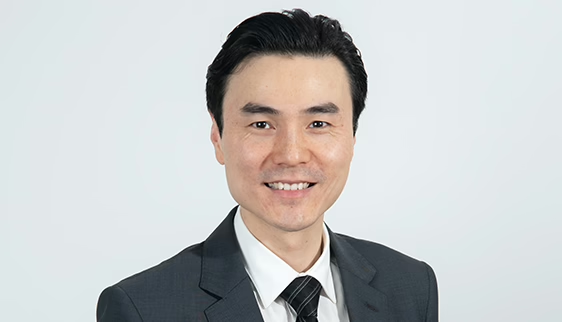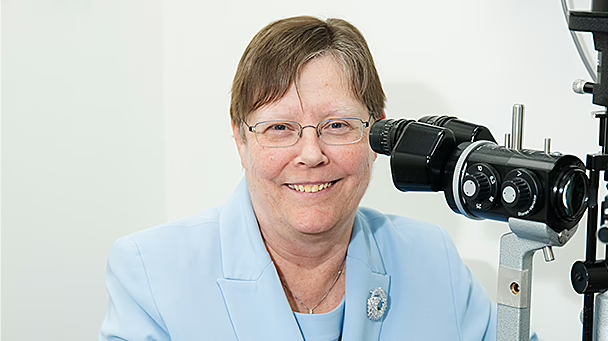Book a consultation
Book a consultation with one of our doctors or at one of our clinics below.
Do NOT use this form in an emergency – contact one of our clinics or your nearest hospital emergency department instead.
Some services may not be performed by your preferred doctor or at your preferred clinic. We will confirm this with you before making an appointment.
Glaucoma treatments at our Adelaide clinics
Laser surgery for glaucoma
In our clinics located in South Australia, we offer non-admission laser treatment alternatives for glaucoma, eliminating the need for day surgery. The procedure is performed using topical anaesthesia eye drops, ensuring minimal to no discomfort throughout the treatment. The available alternatives include:
- Selective laser trabeculoplasty (SLT): This is performed for open-angle glaucoma. The technique involves directing laser pulses towards the drainage outflow channels, stimulating cellular activity to clear debris and enhance fluid outflow. This effectively reduces intraocular pressure. SLT is an extremely safe procedure; however, its effects may diminish over time.
- YAG laser peripheral iridotomy: This method is employed for angle-closure glaucoma. It entails creating a small opening in the iris (the coloured part of the eye). This opening helps widen the drainage angle and reduces the risk of disease progression. Alternatively, if you have co-existing cataracts, a cataract surgery may be performed as it opens the drainage angles and lowers eye pressure at every phase of the disease. Cataract surgery has been found to be a more effective treatment for acute angle-closure glaucoma.
Following your initial consultation, your specialist will provide recommendations on the laser treatment option that best suits your eye health and will run through the cost with you.
Minimally invasive glaucoma surgery (MIGS)
Micro-invasive glaucoma surgery (MIGS), also known as minimally invasive or micro-bypass surgery, is a specialised category of surgical treatments aimed at managing mild-to-moderate cases of primary open-angle glaucoma.
MIGS procedures involve the use of small incisions, similar to keyhole operations, and the delicate insertion of miniature medical devices into the eye’s drainage canal. This innovative technique enhances the outflow of fluid, reducing pressure on the optic nerve. MIGS procedures are highly regarded for their excellent safety record and speedy recovery time.
In Australia, the following implants have received approval for use:
- iStent inject®: This consists of two tiny titanium stents, each measuring less than 0.4 mm. Using a preloaded injector, these stents are skilfully placed to bypass blockages in the trabecular meshwork, the eye tissue responsible for drainage, hence lowering intraocular pressure.
- Hydrus®: This is a curved, flexible stent, approximately the size of an eyelash, that acts as a supportive scaffold. It is carefully positioned to bypass the trabecular meshwork and widen the natural drainage canal. This allows for increased fluid flow through the canal and into the collector channels, effectively reducing eye pressure.
MIGS procedures are generally only performed in conjunction with cataract surgery. The costs of the procedure will be discussed with you by your ophthalmologist.
Minimally invasive bleb surgery (MEBS)
Minimally invasive fluid diversion surgery (MIFDS), also known as MEBS, utilizes implants like XEN or Preserflo to redirect fluid into a small fluid blister called a “reservoir” located beneath the eyelid. This reservoir facilitates fluid drainage, leading to a reduction in intraocular pressure. MIFDS procedures provide a less invasive alternative with quicker recovery times compared to conventional glaucoma filtration surgery.
Glaucoma filtration surgery
Traditional glaucoma relief surgery, also referred to as trabeculectomy, has a well-established history as a conventional treatment option for glaucoma.
This longstanding surgical procedure involves the creation of a specialised tunnel to circumvent the blockage that impedes fluid outflow. By establishing a new route, fluid can effectively drain from the eye into a small fluid blister known as a ‘bleb’ on the surface of the eye. To maintain the patency of the newly formed pathway, an anti-scarring agent called mitomycin C is utilised.
Glaucoma filtration surgery has demonstrated notable efficacy in managing the condition; however, it does involve a lengthier recovery period. Typically, this procedure is reserved for patients with moderate to advanced stages of glaucoma.
Glaucoma drainage devices
Intraocular pressure-regulating devices for glaucoma management, such as Baerveldt, PAUL, or Molteno implants, are purposefully crafted to effectively control pressure within the eye. These substantial implants feature a small tube that redirects fluid to a plate located beneath the upper eyelid. This surgical intervention is generally suggested for advanced glaucoma cases in situations where trabeculectomy is considered inappropriate or has not achieved the desired outcomes.
Are glaucoma treatments covered by Medicare or private health insurance in Adelaide?
Public glaucoma treatments are covered entirely by Medicare, but there can be considerable wait times to access these services. On average, patients wait approximately 334 days to receive an elective surgery.1
Private glaucoma treatments are covered partially by Medicare. The remaining cost can either be self-funded or paid through private health insurance. Private glaucoma treatments offer access to the latest advancements in glaucoma care, your choice of glaucoma specialist and booking flexibility for your appointments and treatment. There are also minimal wait times with private glaucoma treatment. But, there may be a waiting period for claim approval from your private health fund.
References:
1. Australian Institute of Health and Welfare (AIHW). Eye Health. AIHW;2021. Available at <https://www.aihw.gov.au/reports/eye-health/eye-health/contents/treatment-and-management> [Accessed online 9 November 2023].
What are the latest advancements in glaucoma treatment available in Adelaide?
Minimally invasive glaucoma surgery (MIGS) is one of the latest cutting-edge advancements available. MIGS is a highly precise micro-surgery where a tiny stent is inserted into the eye’s fluid drainage system (the trabecular meshwork). MIGS lowers eye pressure and can slow or halt glaucoma progression by improving fluid drainage within the eye.
We offer Hydrus® and iStent inject® MIGS technology at our Adelaide clinics. iStent inject® is a recently developed glaucoma treatment and has only been available since 2014. iStent inject® consists of 2 titanium stents less than 0.4 mm in diameter. Learn more about iStent inject®.
Can I find any local support groups or organisations in Adelaide for glaucoma patients?
Glaucoma Australia provides support for glaucoma patients. They host regular events and meet-ups, and provide national and congenital glaucoma-specific support forums.
Glaucoma Australia also offers a free patient support program called SiGHTWiSE that delivers free education and guidance.
Are laser treatments for glaucoma available in Adelaide? How effective are they?
Our Adelaide clinics offer selective laser trabeculoplasty (SLT) and YAG laser peripheral iridotomy glaucoma laser treatments.
The effectiveness of laser glaucoma treatment depends on the type and severity of glaucoma you have. The laser glaucoma surgeries we provide have rigorous international trials and clinical experience to support their use. In fact, SLT demonstrated a 25% decrease in eye pressure in 74–85% of patients.2 However, the effects of laser glaucoma treatment can diminish over the years, in which case you may require additional laser surgery or alternative treatments. Book an appointment with one of our glaucoma specialists for glaucoma treatment recommendations best suited to you.
References:
2. Glaucoma Australia. Selective Laser Trabeculoplasty (SLT). Artarmon: Glaucoma Australia;2023:1-3. Available at <https://glaucoma.org.au/path-file/133>
What post-operative care facilities are available for glaucoma patients in Adelaide?
All glaucoma patients are offered post-operative care appointments with their surgeon. Post-operative appointments allow your surgeon to examine your eyes and assess your recovery. Most patients also receive medicated eye drops to support eye healing.
Our glaucoma specialists provide these appointments at our Kurralta Park (Tennyson Eye Centre), North Adelaide and Windsor Gardens clinics.
Other post-operative care measures are dependent on the type of surgery and the individual patient. Book an appointment with one of our glaucoma specialists for tailored advice.
How long is the typical waiting period for a glaucoma surgery appointment in Adelaide?
There are usually no waiting periods for private glaucoma surgery appointments. Typically, we can book your appointment within a week or so of your enquiry. Our private glaucoma clinics in Adelaide also offer access to the latest technologies and procedures, which may not be available at public glaucoma facilities. However, Medicare only partially subsidises the costs of private appointments and treatments. The remaining gap payment may be covered by private health insurance. By contrast, public glaucoma surgery appointments have lengthy waiting periods that may last months. Public appointments are entirely funded by Medicare and are free.
You will need a referral from a GP or optometrist to be eligible for a public glaucoma appointment or to receive the Medicare rebate for your private glaucoma appointment.
Book your glaucoma surgery appointment with one of our glaucoma specialists.
How can I find a bilingual glaucoma specialist in Adelaide?
To find a bilingual glaucoma specialist, enquire with the individual clinic.
At our Vision Eye Institute Adelaide clinics, our glaucoma specialists offer multilingual services. Staff members at our North Adelaide and Windsor Gardens clinics can provide translation in Greek, Portuguese, Mandarin and Shanghainese. Staff at our Kurralta Park clinic can provide translation in Mandarin and Shanghainese.
If you require translation services in other languages, please advise us when you book your appointment so we can do our best to accommodate your request.
Our glaucoma specialists in Adelaide
Our team of Adelaide, SA ophthalmologists includes highly experienced glaucoma specialists. Our doctors have access to the latest diagnostic tests and offer the full range of treatment options. After a thorough assessment in the clinic, patients have a comprehensive discussion with their ophthalmic surgeon about the most appropriate management plan for their needs. Our doctors will thoroughly explain individual test results, visual prognosis and the available treatment options (including price and lifestyle considerations).
-
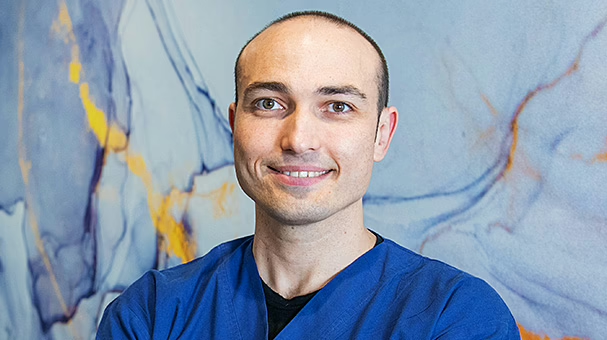
Dr Paul Athanasiov
MBBS FRANZCO MMed (OphthSc) MOphth
Locations
- North Adelaide
- Windsor Gardens
- Kurralta Park
Book a consultationwith Dr Paul Athanasiov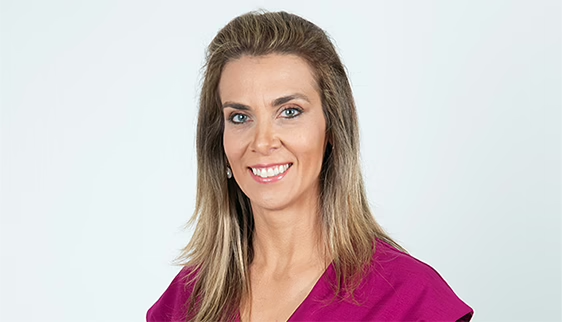
Dr Simone Beheregaray
MD PHD FRANZCO
Locations
- North Adelaide
- Windsor Gardens
- Whyalla
- Brisbane
Book a consultationwith Dr Simone Beheregaray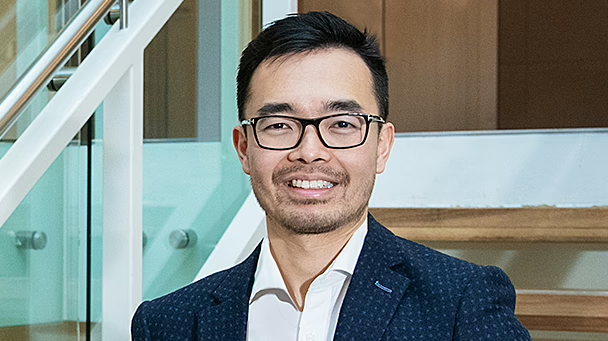
Dr Soo Khai Ng
MBBS FRANZCO
Locations
- Kurralta Park
- North Adelaide
- Windsor Gardens
- Elizabeth
- Whyalla
Book a consultationwith Dr Soo Khai NgOur glaucoma clinics in Adelaide
We have several clinics across Adelaide, with in-patient surgical procedures performed at co-located or nearby Vision Hospital Group day surgeries.
-
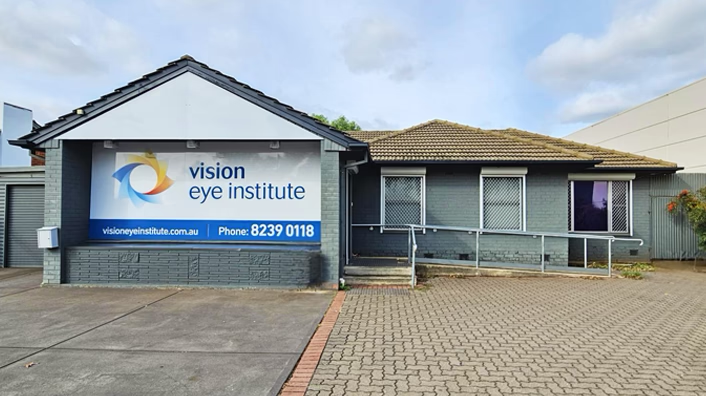
Elizabeth
- 08 8239 0118
- Email us
-
15 Philip Highway
Elizabeth 5112 sa -
Select days 8.30 am-5 pm
(call us to confirm)
Sat Closed
Sun Closed
Holiday hours
-
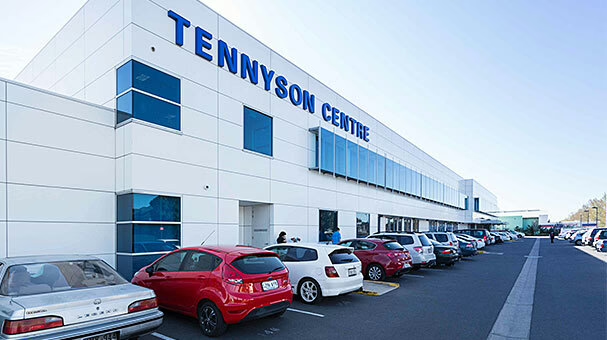
Kurralta Park
- 08 8292 2322
- Email us
-
Suite 21, 520 South Road
Kurralta Park 5037 sa -
M–F 8.30 am–4.30 pm
Sat Closed
Sun Closed
Holiday hours
-
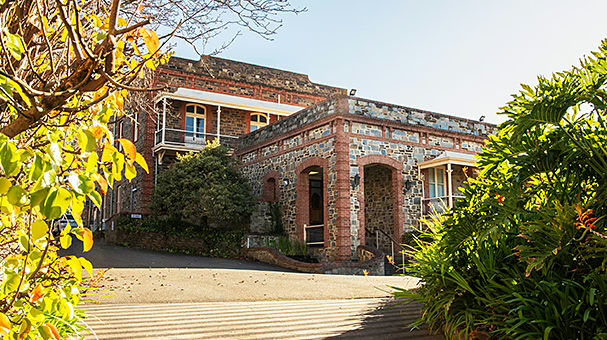
North Adelaide
- 08 8239 0118
- Email us
-
226 Melbourne Street
North Adelaide 5006 sa -
M–F 8.30 am–5 pm
Sat Closed
Sun Closed
Holiday hours
-

Seaford
- 08 8239 0118
- Email us
-
4 Vista Parade
Seaford Heights 5169 sa -
M-T 8.30 am–5 pm
W-F Closed
Sat Closed
Sun Closed
Holiday hours
-
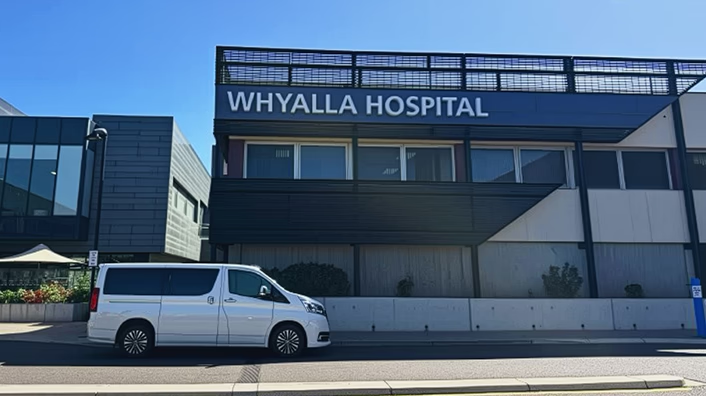
Whyalla
- 08 8239 0118
- Email us
-
20 Wood Terrace
Whyalla 5600 sa -
M–W 8.30 am-5 pm
Th-F Closed
Sat Closed
Sun Closed
Holiday hours
-
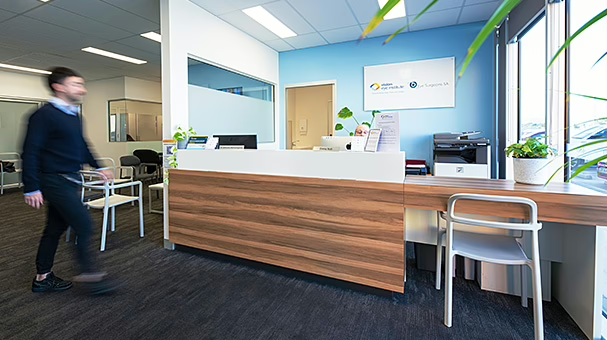
Windsor Gardens
- 08 8239 0118
- Email us
-
Suite 5, Ground Floor, 480 North East Rd
Windsor Gardens 5087 sa -
M–F 8.30 am–5 pm
Sat Closed
Sun Closed
Holiday hours

